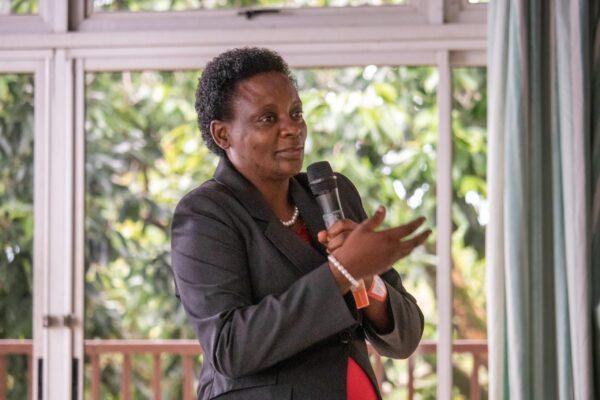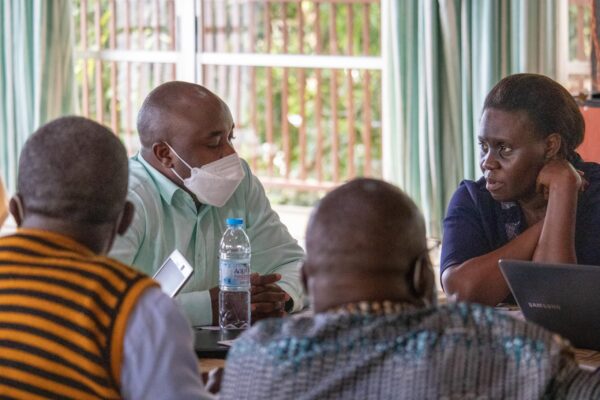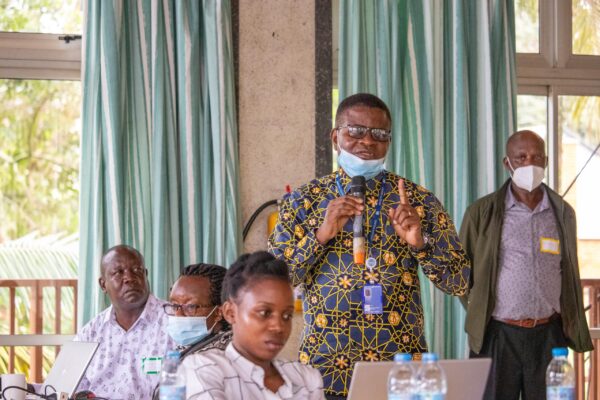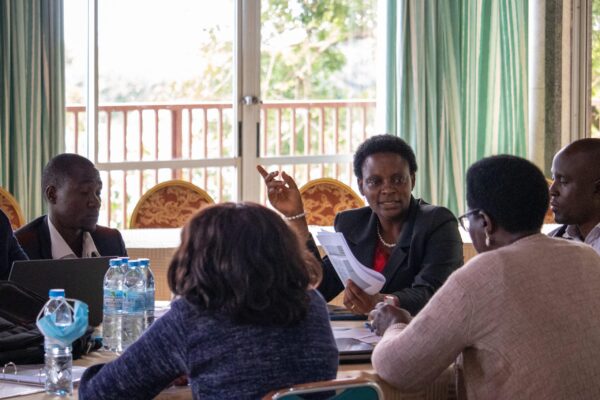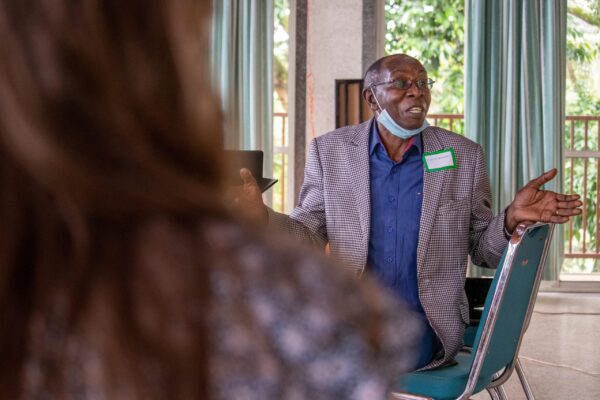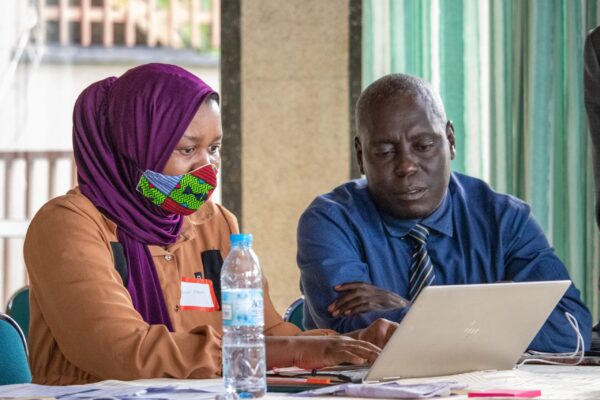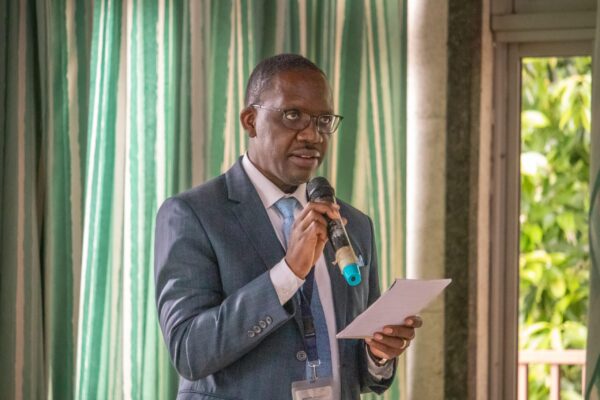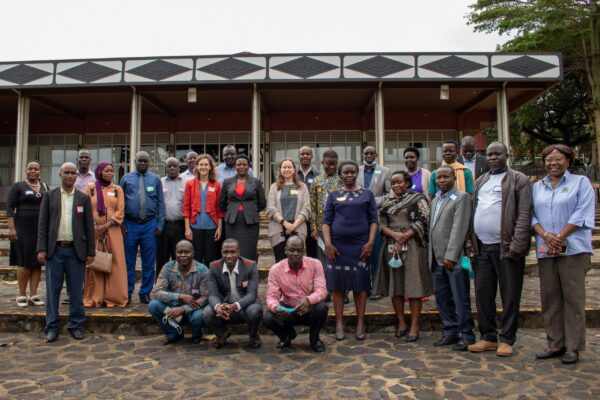In May 2022, the National Tuberculosis and Leprosy Programme (NTLP) of Uganda convened partners to develop a Zero Leprosy Action Plan to end the disease by 2030. Uganda achieved elimination of leprosy as a public health problem in 1994 and has sustained this over the years. However, there has been a gradual increase in the number of cases registered in Uganda annually over the past five years. The number of new and relapse cases reported in 2021 was 388. The number of new cases among children and those identified with major physical disabilities is high at 13% and 21.5% respectively. By implementing the Zero Leprosy Country Model, the NTLP, headed by Dr. Rose Kengonzi and Assistant Commissioner Dr. Stavia Turyahabwe, is one step closer to disease elimination.
In October 2021, Uganda’s Ministry of Health and the National Tuberculosis and Leprosy Programme (NTLP) partnered with the Global Partnership for Zero Leprosy (GPZL) and other stakeholders in the country to carry out a comprehensive review of the leprosy program. Upon completion of this review, the NTLP hosted a multi-sector, multi-disciplinary stakeholder meeting to develop a Zero Leprosy Roadmap. This roadmap will serve as the guiding document for leprosy work in Uganda.
The NTLP of Uganda, in collaboration with partners working to achieve a Zero Leprosy status, the Global Partnership for Zero Leprosy, and a representative from the World Health Organization, convened to take the Roadmap one step further and develop a national Zero Leprosy Action Plan. This plan represents the combined work of every major stakeholder in the country including the Ministry of Health, representatives of Persons affected by Leprosy, NGOs, academic and scientific institutions, and other partners. It lays out specific targets and key activities for the next 8 years and describes the resources needed to propel Uganda toward the goal of zero leprosy.
The key issues covered in the action plan include:
- Integration
- Sustainability
- Alignment with the NTLP strategic plan, the WHO NTD Roadmap 2021 – 2030, and the WHO Global Leprosy Program Strategy
Priority interventions outlined in Uganda’s Zero Leprosy Road Map and Zero Leprosy Action Plan include:
- Build capacity among health workers to manage leprosy
- Accelerate active case finding by developing educational materials in commonly used local languages
- Accelerate contract management by printing and disseminating new tools and guidelines
- Assess and identify appropriate facilities to provide rehabilitative services to better manage leprosy complications and prevent new disability
- Increase access to vocational training for persons affected by leprosy
Uganda’s Zero Leprosy Action Plan is possible because of the leadership of the Ministry of Health and the supportive contributions of national and international partners, including:
- The National TB and Leprosy Programme
- The Neglected Tropical Diseases Programme
- Uganda National Alliance Against Leprosy (UNALEP)
- WHO Uganda Country Office
- German Leprosy and Tuberculosis Relief Association (GLRA)
These partners will provide the technical, financial, and political support needed to reach the goals of the Zero Leprosy Action Plan. Together with the Global Partnership for Zero Leprosy, these partners are committed to working toward the targets of the action plan and the achievement of zero leprosy in Uganda by 2030.
